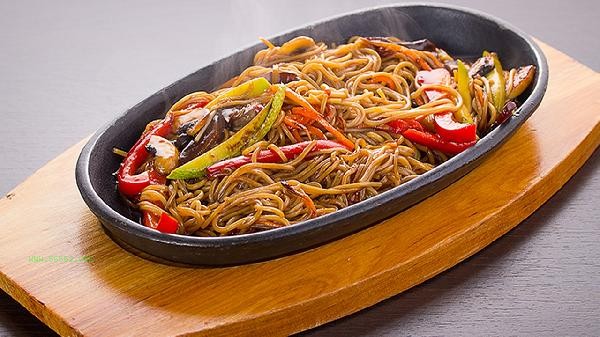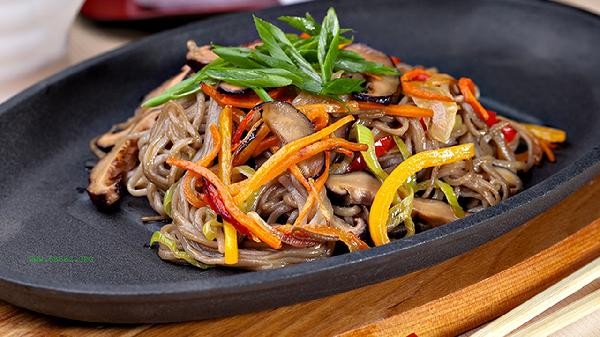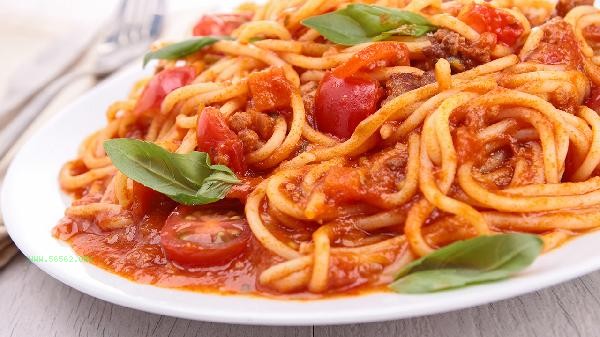An electric pressure cooker can cook noodles, but it requires adjusting the cooking mode and water level control. Electric pressure cookers usually have noodle cooking function or manual pressure adjustment mode, suitable for quickly softening noodles and retaining nutrients. When cooking noodles with an electric pressure cooker, it is recommended to choose manual mode and lower the pressure gear. Ordinary noodles or pasta require more than twice the volume of the noodles to avoid rapid evaporation of water under high pressure, which can cause the pot to become burnt. Fresh handmade noodles have a softer texture, and the pressure time can be shortened to about 3 minutes. The sealed environment of an electric pressure cooker can reduce the loss of vitamin B, but it should be noted that coarse grain noodles such as buckwheat may become too soft and rotten due to high pressure. Some electric pressure cookers lack precise temperature control function, which makes them prone to sticking when cooking fine noodles or dragon beard noodles. Before use, it should be confirmed whether the pot liner has a non stick coating, and if necessary, a thin layer of edible oil can be applied first. For Wudong noodles or Lamian Noodles noodles that need to remain elastic, it is recommended to use ordinary pots for cooking. Electric pressure cookers are more suitable for processing mixed grain noodles or instant noodles that require long-term stewing.

When using an electric pressure cooker to cook noodles, pay attention to the status of the safety valve to avoid overfilling and blockage. There are significant differences in the performance of pressure cookers from different brands. It is recommended to refer to the water surface ratio in the instruction manual for the first attempt. Manual exhaust immediately after cooking can prevent excessive expansion of noodles, and pairing with vegetables and high-quality protein foods can improve nutritional balance. Regularly clean the sealing ring to prevent residual odors and ensure cooking safety and noodle taste.










Comments (0)
Leave a Comment
No comments yet
Be the first to share your thoughts!